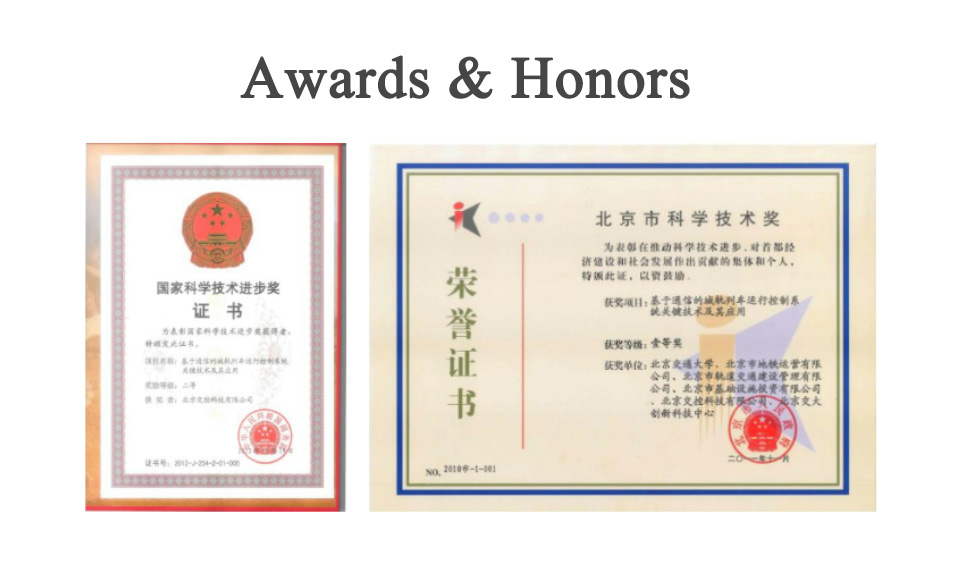
Background
Before TCT broke through with CBTC independently, the core technologies of China's urban rail transit signaling systems had long been monopolized by foreign firms. This resulted in high costs and poor compatibility; while traditional signaling systems struggled to meet modern operational demands, making the development of advanced train control systems an urgent need.
Relevant policy documents, such as specifications issued by the Ministry of Transport, as well as international standards including IEEE 1474 and IEC 62267, provide guidance for the technological development and operational safety of urban rail transit signaling systems.




